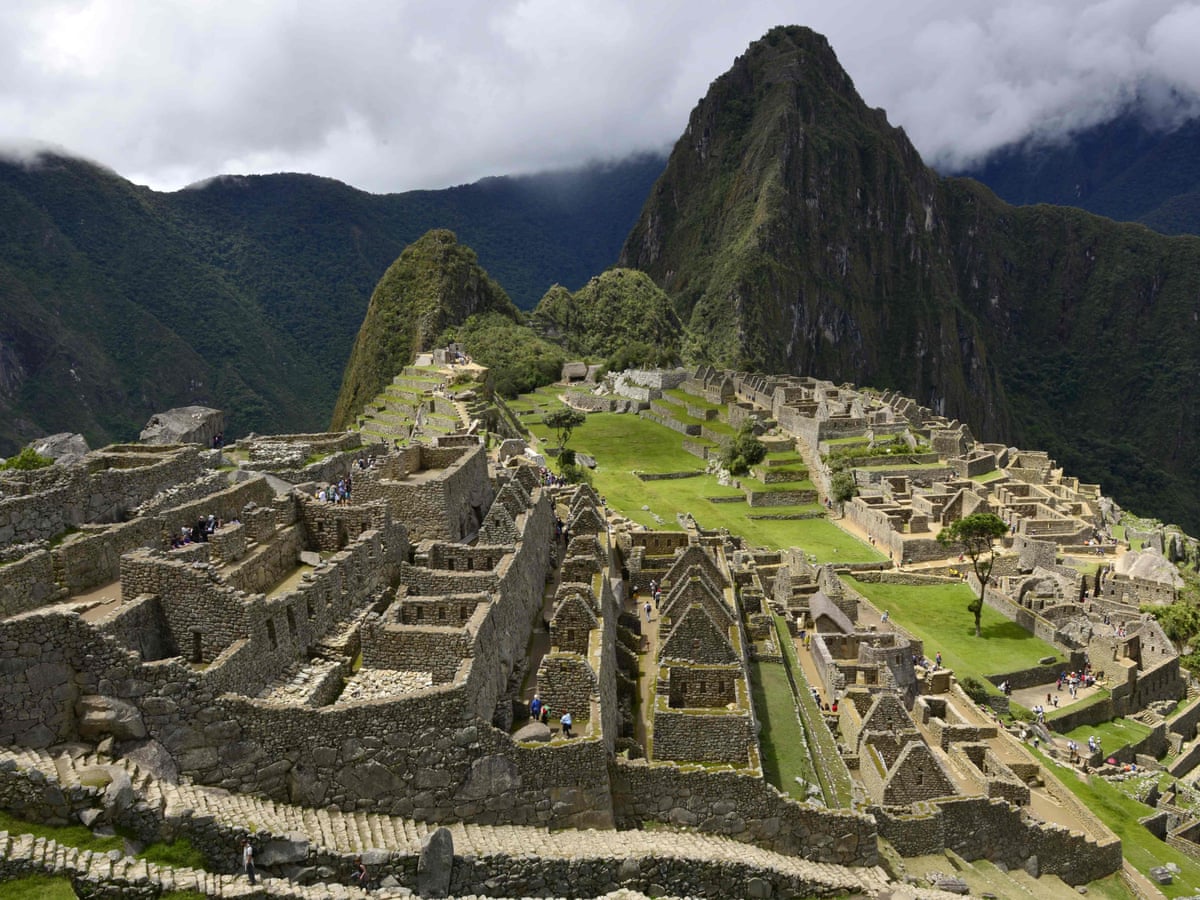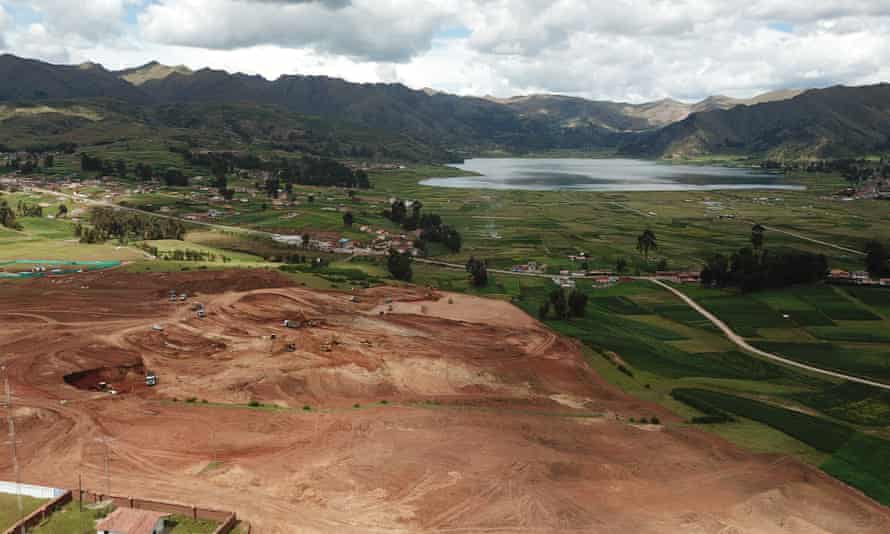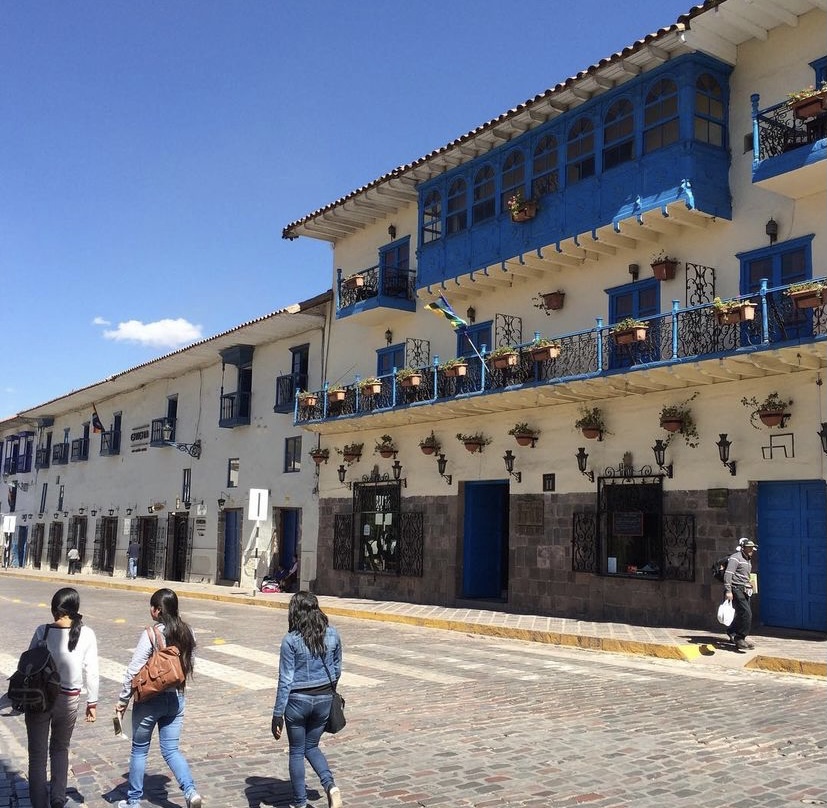Who is Pfizer, what are they doing in Costa Rica?

https://www.eleconomista.net/actualidad/Pfizer-reanuda-envio-de-vacunas-a-Costa-Rica-y-AstraZeneca-iniciara-en-mayo-20210216-0032.html
Pfizer is one of the worlds leading transnational biopharmaceutical companies. Their slogan is “We’re in relentless pursuit of scientific breakthroughs and revolutionary medicines that will create a healthier world for everyone”. Pfizer says their goal in being a multinational company is to establish a global presence that allows them to make a difference and deliver better medicine in local communities. However it should be noted that Pfizer is an American company that is publicly traded, how this might impact the companies ethics or partnerships is up for debate. They are in 42 countries and have 35 manufacturing sites located around the world that they invest ~$1 billion in annually.
Pfizers operations in Costa Rica actually began all the way back in 1950. But just in 2008 the headquarters in Costa Rica became the location for the Corporate Center for Central America and the Caribbean which serves 33 countries total. Costa Rica is the central point the operations in the Americas are being consolidated around. Pfizer is continuing to expand, as recently as the end of 2021/ beginning of 2022 where around 100 Human Resources, financial services and in the digital areas positions. Carlos Alvarado, the president of Costa Rica is strongly in favor of Pfizers role and expansion in the country being that the life science sector is their main source of exports, expected to exceed US$6 billion annually.
Pfizer SA is located in Escazu, San Jose. It was established in 1966 and currently has 229 employees. It falls under the Pharmaceutical and Medicine Manufacturing Industry of the Pfizer company and produces $24.76 million in US dollars a year. While there are only 229 employees at the Escazu site, Pfizer has around 800 employees in Costa Rica total.
Impacts of Manufacturing?
There are both positive and negative impacts of having a manufacturing site like Pfizer in Costa
Rica. The actual company of Pfizer claims to be committed to the environment and has a goal to become carbon neutral by 2030. However they also say they encourage work through their global trade associations to reduce GHG emissions “voluntarily” and promotes use of “market-based regulations”. This use of green capitalism feels a little more like a way to appeal to the consumer who want Pfizer to be sustainable as opposed to actually committing, but still a good step. Regardless of the consciousness to be less detrimental to the environment, manufacturing is still bound to have pollution impacts. Being a biopharmaceutical company, Pfizer must have significant amounts of hazardous and medical waste that needs careful disposing of and wither needs to be shipped some where (high carbon emissions) or disposed in hazardous waste site (harmful to local community and environment).
Manufacturing does have positive economic impacts for Costa Rica. Pfizer employs lots of local Costa Ricans and generates a lot of revenue for the local economy each year. It also helps establish Costa Rica as a reliable and emerging source of economic power globally.
It is clear that manufacturing in Costa Rica can have some very positive impacts on the local community. It provides stable jobs for lots of costa ricans and from what I have read people generally love working at the company and local people feel it has provided a lot for the people. However Pfizer is a large company and its workers are in a way, disposable, so the treatment, wages, and rights of workers are important to be monitored and considered.
Neo-Colonialism in Costa Rica
I think the presence of Pfizer in Costa Rica is a representation of Neo-colonialism more so than Neo-liberalism. This is a great example of a seemingly more “developed” country indirectly controlling “lesser-developed” countries through something indirect such as a pharmaceutical company. However the presence of Pfizer in Costa Rica for over 70 years has caused the country to form a deep economic reliance on the company for the jobs and revenue it provides. This means the people of Costa Rica, more than 800 employees by Pfizer need the company to remain employed and support themselves and their families. Pfizer, a multi billion dollar company, with more than 78,500 employees, is an an advantageous position locating their Corporate Center for Central America and the Caribbean in Costa Rica, but would be able to survive, and likely still flourish without the country. However without the company the country would suffer. While Pfizer claims to be a company for the people with a goal to provide better medicines to more people, it is still a large for profit company in the notorious Big Pharma industry. It has had several lawsuits for defective drugs and products and even been charged by the US government for health care fraud. So while Pfizer can do a lot for the people and economy of Costa Rica it is still a large company seeking growth and control.
References:
Cinde. (2021, November 18). Cinde announces: Pfizer grows in Costa Rica to support its operations across the Americas. CINDE Announces: Pfizer Grows In Costa Rica To Support Its Operations Across The Americas. Retrieved February 7, 2022, from https://www.prnewswire.com/news-releases/cinde-announces-pfizer-grows-in-costa-rica-to-support-its-operations-across-the-americas-301428264.html
Cinde.org. (2021, November 17). Pfizer grows in Costa Rica to support its operations across the Americas. cinde.org. Retrieved February 7, 2022, from https://www.cinde.org/en/essential-news/pfizer-grows-in-costa-rica-to-support-its-operations-across-the-americas
Dun & Bradstreet, Inc. (n.d.). Pfizer SA Company Profile: Escazu, San Jose, Costa Rica: Competitors, Financials & Contacts – Dun & Bradstreet. Dun & Bradstreet – Accelerate Growth and Improve Business Performance. Retrieved February 7, 2022, from https://www.dnb.com/business-directory/company-profiles.pfizer_sa.ce025eba3a31830fcebdaa189dd8a173.html
Pfizer: Company history, Products & Lawsuits, COVID-19 vaccine. Drugwatch.com. (n.d.). Retrieved February 7, 2022, from https://www.drugwatch.com/manufacturers/pfizer/
When a drug is manufactured at pfizer CentreOne, it is crafted with Pfizer’s scientific and manufacturing expertise. Global Manufacturing Network | Pfizer Manufacturing Locations | Pfizer CentreOne. (n.d.). Retrieved February 7, 2022, from https://www.pfizercentreone.com/manufacturing-network




